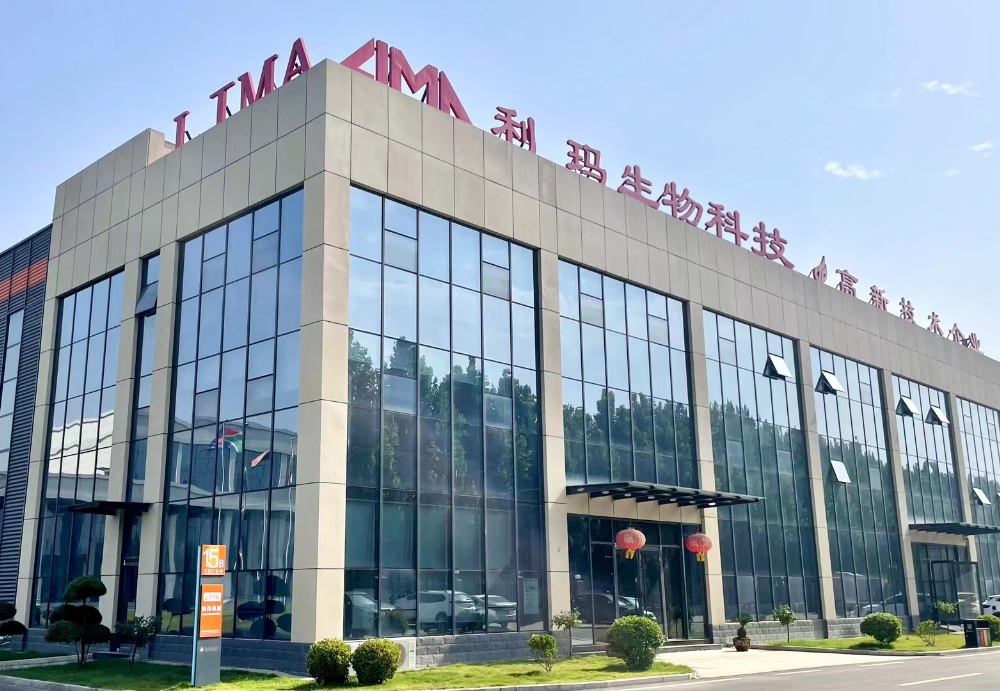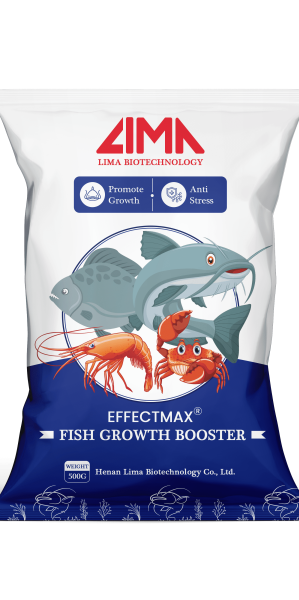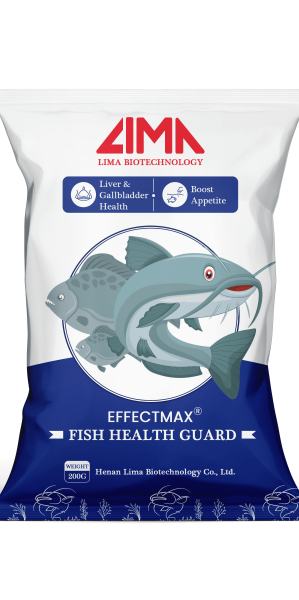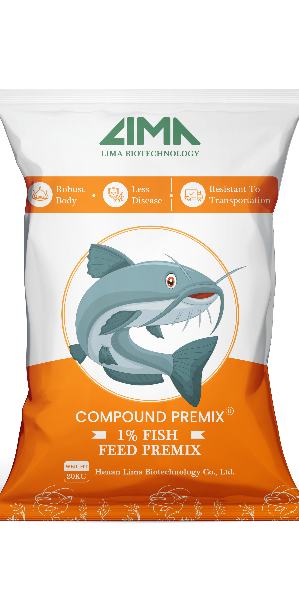Catfish farming in Nigeria has become one of the fastest-growing agribusiness opportunities, providing both food security and income for farmers. However, many farmers still struggle with slow growth rates, small fish sizes, and reduced profitability. The reasons are often linked to basic management issues—such as water quality, feeding practices, fry quality, and stocking density—that directly affect growth performance. Understanding these challenges and applying the right solutions is the key to raising bigger and faster-growing catfish and tilapia.
Reasons your Catfish or tilapia are not growing well
In Nigerian farms, slow growth of catfish and tilapia often stems from neglected basic management practices rather than random factors. Field experience and research have revealed six key factors directly contributing to slow growth:
1.Poor water quality
Optimal catfish growth depends on high-quality water—specifically, sufficient dissolved oxygen, low dissolved carbon dioxide, a normal pH, and a balanced concentration of essential nutrients. Once water quality deteriorates, the fish's metabolism slows, and growth naturally stagnates.
2.Poor feed quality or insufficient feeding
Nutritionally unbalanced, adulterated, or low-quality feed cannot meet the fish's nutritional needs and, in severe cases, can even lead to fish mortality. Even if the feed is of acceptable quality, insufficient feeding amounts or feed formulations that are inappropriate for the fish's growth stage can also restrict growth. High-quality feed and precise feeding amounts are essential for rapid fish growth.
3.Poor fry quality
Whether it's fry, fingerlings, or juveniles, if their genetic potential is weak (e.g., low feed conversion rate, poor disease resistance), or if they are in poor health due to poor broodstock quality or inappropriate hatching procedures, they will struggle to grow normally. Genetic advantage directly determines the upper limit of growth, and some species have inherent advantages in growth rate due to their innate characteristics.
4.Excessive stocking density
When the number of fish in a pond exceeds the recommended density for the specific stocking model, fish will compete fiercely for food, oxygen, and space. Larger, more aggressive individuals tend to dominate resources, leading to uneven and slowed growth of the overall population.
5.The sex of the fish is affected
Most female catfish and tilapia use more energy from feed for spawning rather than building meat, resulting in females of the same age and under the same rearing conditions being significantly smaller than males.
6.Poor fish health
Nutritional deficiencies, poor water quality, overcrowding, or handling stress can all impair fish health. Poor fish experience decreased appetite and slower metabolism, which naturally impacts growth.
How to Improve the Growth of Catfish and Tilapia
To improve the growth rate of catfish and tilapia, targeted measures addressing the aforementioned issues, coupled with systematic management, are necessary:
1. Improve Basic Aquaculture Facilities
First, establish appropriate aquaculture infrastructure: prepare half a plot of land, ensure a stable source of freshwater (such as a well or drilled well), and construct three ponds (each approximately 8 square meters, made of concrete, tarpaulin, or polyvinyl chloride). These facilities are essential for stable fish growth.
2. Optimize Fry Selection and Stocking Density
Select healthy and active juveniles (4-8 weeks old), prioritizing species with excellent growth performance, such as Clarias gariepinus, Heterobranchus bidorsalis, or their hybrid, Heteroclarias.
Stocking density should adhere to standards: 1-4 fish per square meter for extensive aquaculture, 4-10 fish per square meter for semi-intensive aquaculture, and 10-100 or more fish per square meter for intensive aquaculture (the specific density can be adjusted based on management capabilities). Avoid excessive density that may lead to competition.
3. Implement Scientific Feeding
Purchase high-quality feed (such as floating catfish feed) from reputable distributors. If you are raising 1,000 juveniles, you should prepare a feeding budget for 3-4 months in advance. Feed 2-3 times a day (preferably once in the morning and evening, with a consistent frequency). Spread the feed evenly throughout the pond to ensure all fish have access, and feed until they are full.
At this stage, farmers in Nigeria can also add Lima Fish Growth Booster to the feeding program. It enhances feed utilization, reduces waste, and speeds up growth. To make it convenient, Lima products are stocked locally—you can get them directly from our warehouses in Ogun (Shagamu), Lagos (Agege), and Kano (Sabon Gari) without waiting for imports.
4. Enhance Water Quality and Growth Management
Change the pond water every 3-4 days (or every 4 days for the first month) to maintain water quality. Sort the fish by size every 3-4 weeks, keeping similar-sized fish together in the same pond to prevent larger fish from suppressing the growth of smaller ones.
5. Keep detailed records
Records should include purchasing records (number and cost of juveniles, feed quantity, purchase date and frequency), financial records (input costs, sales revenue), and customer records (purchaser information, reasons for purchase). Records can help identify management gaps (such as feed waste and periods of growth retardation) and optimize management plans.
Why Use Lima Fish Growth Booster in Nigeria
Lima Fish Growth Booster specifically addresses nutritional and metabolic deficiencies in fish and has been significantly effective in boosting catfish growth in Nigerian farms. Its benefits are as follows:
1. Essential Nutrient Supplementation
This booster contains amino acids, vitamins, and minerals that may be lacking in conventional feeds. These components are crucial for muscle development and metabolic function in fish. For example, the essential amino acid lysine promotes protein synthesis, directly contributing to meat mass accumulation; vitamins A and D enhance nutrient absorption, ensuring that more feed energy is used for growth rather than filling nutritional gaps.
2. Improve Feed Conversion Ratio (FCR)
A lower FCR means the fish requires less feed per kilogram of weight gain. Lima Fish Growth Booster enhances the activity of digestive enzymes, improving the efficiency of nutrient breakdown and absorption in feed. This not only reduces feed costs but also accelerates growth—with the same feed input, growing commercial fish weighing over 2 kilograms can be shortened to 10-12 weeks, which previously required longer.
3. Enhanced Disease Resistance
By strengthening the fish immune system (e.g., promoting antibody production and protecting liver function), this enhancer can reduce the risk of disease caused by stress or nutritional deficiencies. Healthy fish have a better appetite and grow more efficiently, preventing growth stagnation caused by disease.
4. Promotes Uniform Growth
It ensures that all fish, including smaller ones, can efficiently utilize nutrients, reducing growth variability between individuals. A uniformly growing population is more likely to meet market demand and command a higher price.
And because our warehouses are strategically located in Ogun, Lagos, and Kano, farmers can conveniently access Lima Fish Growth Booster anytime, ensuring a steady supply for continuous production.
How to Prevent Fish Disease in Ponds
How to Prevent Pond Fish Diseases
Diseases are a major factor hindering rapid fish growth. For Nigerian catfish farms, prevention is more critical than treatment:
1. Prioritize Water Quality Management
Regularly monitor water quality parameters (dissolved oxygen, pH, and ammonia nitrogen content) using simple testing tools. Change 20%-30% of the pond water volume every three days (in hot weather, water changes can be increased frequently) to reduce water pollutants and maintain oxygen concentrations. Use aerators as necessary—a low-oxygen environment weakens fish immunity and increases the risk of disease.
2. Fry Quarantine and Health Screening
Newly purchased fry should be quarantined in separate tanks for 7-10 days to observe any abnormal behavior (such as abnormal swimming, skin discoloration, or loss of appetite). Any health issues should be promptly culled to prevent pathogens from entering the main breeding pond.
3. Avoid Overcrowding and Reduce Stress
Overcrowding can increase fish stress and facilitate the rapid spread of disease. Strictly adhere to recommended stocking standards. Avoid sudden changes in water quality and temperature, or sudden changes in feed (if changing brands, do so gradually over three days). Use soft nets when sorting fish to minimize skin damage—broken skin is a common route for pathogens to enter.
4. Maintain Feed and Tool Hygiene
Strictly avoid using moldy or expired feed, as spoiled feed can easily lead to intestinal infections (such as enteritis). Feeding tools (such as feeders and fishing nets) should be cleaned with a disinfectant (such as diluted bleach) after each use to prevent cross-contamination between ponds.
5. Regular Inspections and Monitoring
Observe fish behavior daily: Healthy fish swim actively and actively gather when fed. If fish are seen floating near the water surface (shown as "floating" to absorb oxygen), have cloudy eyes, or stop eating, investigate the cause immediately (such as testing water quality and checking for parasites). Early detection can reduce the spread of disease and minimize growth losses.
Conclusion
In summary, achieving faster and bigger growth in catfish and tilapia requires a combination of good management practices, quality inputs, and preventive measures against disease. Nigerian farmers who invest in proper pond facilities, high-quality fry, balanced feeding, and water management consistently see better results. Moreover, nutritional support with products like Lima Fish Growth Booster can significantly improve feed efficiency, enhance immunity, and ensure uniform growth across the pond. With the right approach, catfish farming in Nigeria can not only become more productive but also more profitable, ensuring a steady supply of healthy fish to meet growing market demand.
- About Lima Biotech
- Careers-Lima Biotech
- Code of Conduct-Lima Biotech
- Conditions of Sale-Lima Biotech
- Contact-Lima Biotech
- Cookies Policy-Lima Biotech
- Find Agent-Lima Biotech
- Global Warehouses
- Investor Relations-Lima Biotech
- Legal Information-Lima Biotech
- Privacy Policy-Lima Biotech
- Success-Lima Biotech
- Sustainability-Lima Biotech
- World Class Manufacturing-Lima Biotech





















